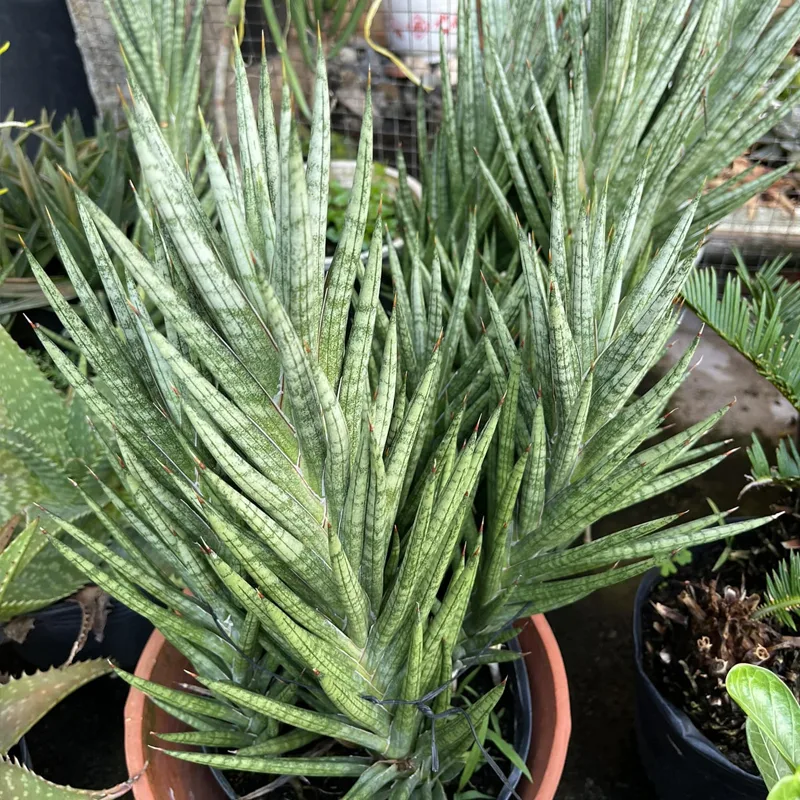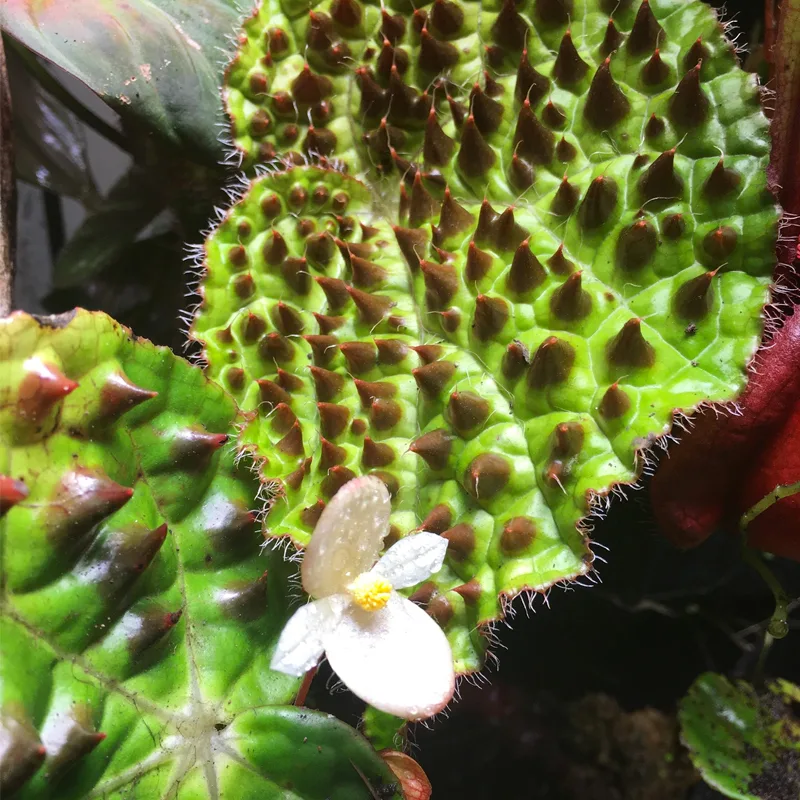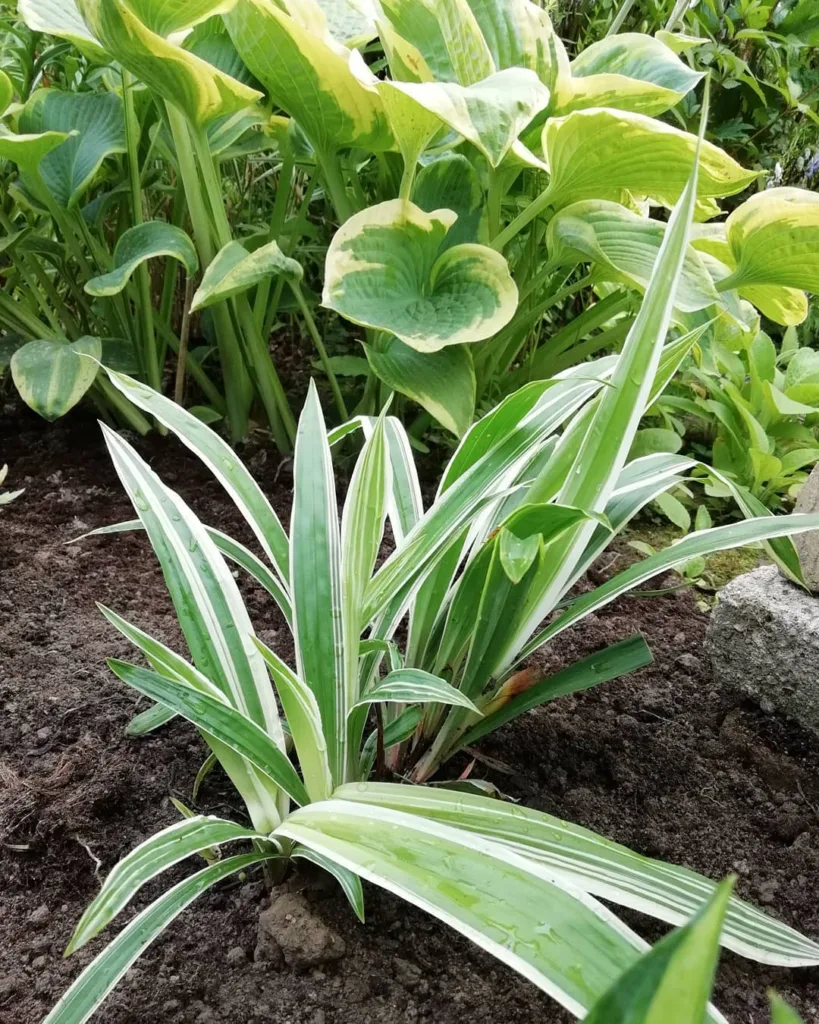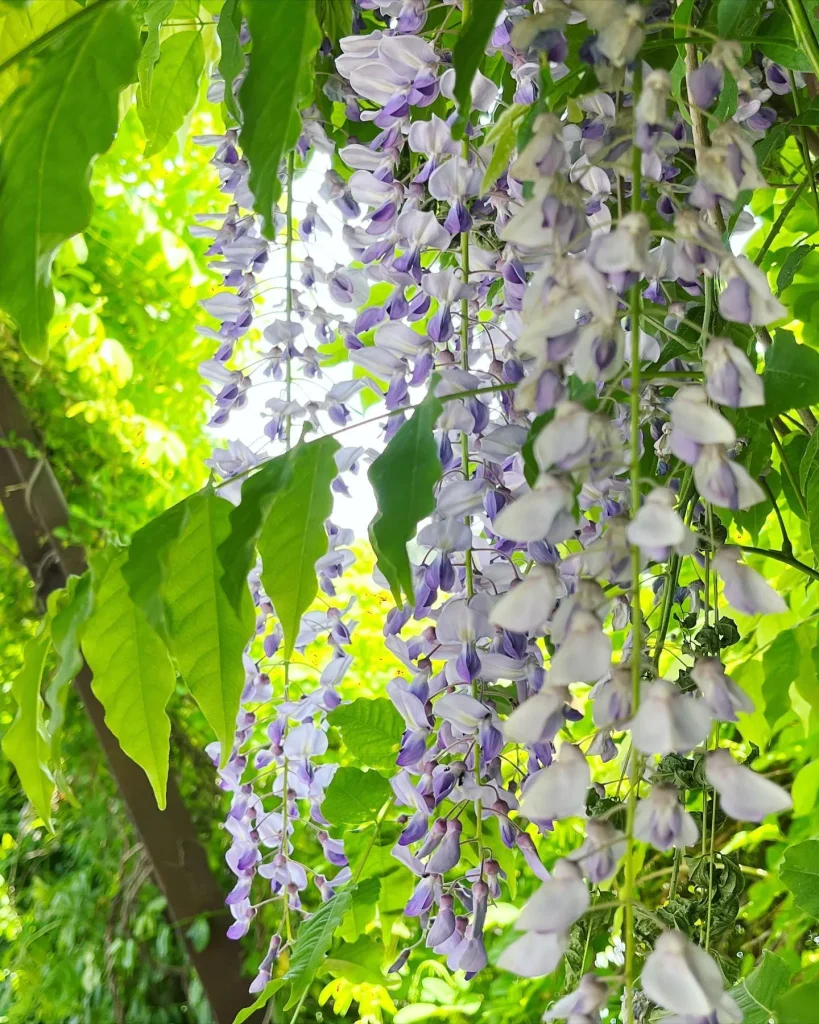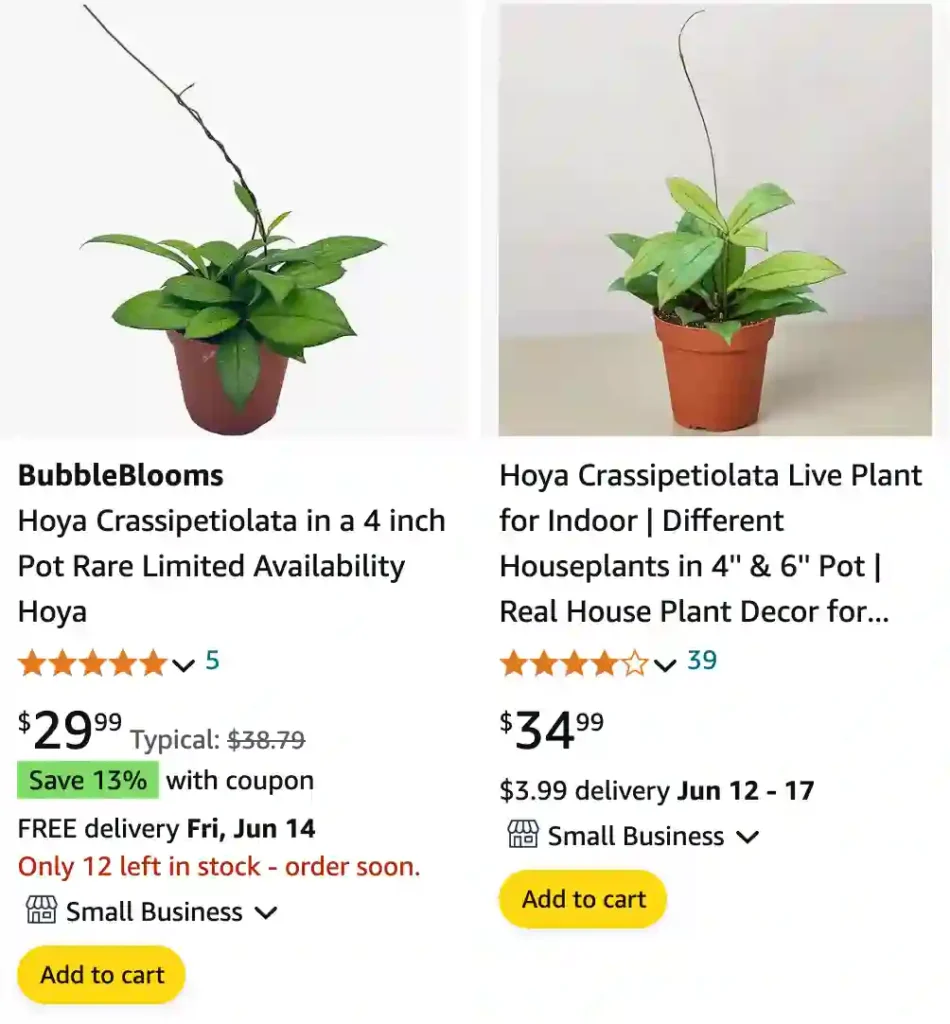
All You Need to Know About Hoya Crassipetiolata
Greetings, plant enthusiasts! I’m Ferb Vu, and today, we’re diving deep into the world of the captivating Hoya Crassipetiolata. This stunning epiphytic vine, hailing from the lush forests of Vietnam, has captivated hearts with its unique foliage and fragrant blooms.
566 Species in Genus Hoya
What is Hoya Crassipetiolata?
Hoya Crassipetiolata is a tropical twining vine that boasts captivating features. Its elliptic leaves, a beautiful light green, are adorned with prominent dark green veins that create a mesmerizing contrast. The waxy texture adds a touch of elegance, making it a true standout in any indoor jungle.
But the beauty doesn’t stop there. Hoya Crassipetiolata occasionally graces you with clusters of fragrant white to yellow flowers that bloom on short spurs. These fragrant jewels add another layer of delight to this captivating plant.
Hoya Crassipetiolata vs Hainanensis
This one’s a bit of a mystery, even to me. I found it at a local market labeled as Hoya Hainanensis, but some online sources seem to consider it the same as Crassipetiolata. Mine has gorgeous, slightly wavy leaves with a subtle scalloped edge. The color can shift depending on the light, sometimes going from a deep emerald to a reddish brown. The flowers are small and white, with a faint, sweet scent that only lasts a few days. It’s definitely a slow grower as well, but overall, it’s a lovely addition to my collection with its interesting foliage and delicate blooms.
How to Care for Hoya Crassipetiolata?
Caring for your Hoya Crassipetiolata is a breeze. Here’s how to keep your plant thriving:
- Light: This vine prefers bright, indirect light. Avoid harsh midday sun, as it can scorch the leaves. A spot near an east-facing window is ideal.
- Watering: Hoyas are known for their succulent-like tolerance to drought. Don’t drown your plant! Water only when the top inch of soil feels dry to the touch.
- Humidity: While Hoya Crassipetiolata can adapt to average household humidity, it thrives in a more humid environment. Consider using a pebble tray or humidifier to increase the moisture around your plant.
- Soil: A well-draining potting mix is crucial. Opt for a blend specifically formulated for cacti and succulents, or create your own by mixing regular potting soil with perlite or orchid bark for added drainage.
- Potting: Choose a pot with drainage holes slightly larger than the root ball. Terracotta pots are a good option as they allow for better airflow and prevent root rot.
- Fertilizer: During the growing season (spring and summer), a balanced fertilizer diluted to half strength can be applied once a month. Avoid fertilizing during winter.
How to Propagate Hoya Crassipetiolata?
Sharing the love for your Hoya Crassipetiolata is easy! Here’s how to propagate it:
- Stem Cuttings: The most common method. Take a stem cutting with at least two nodes (leaf junctions) and remove the lower leaves. Dip the cut end in rooting hormone (optional) and plant it in a pot with a well-draining mix. Keep the soil moist but not soggy, and provide bright, indirect light. Roots should develop within a few weeks.
- Leaf Cuttings: While less common, it’s possible to propagate Hoya Crassipetiolata from a single leaf. Choose a healthy leaf with a petiole (stalk) and plant it in a moist, well-draining mix, burying at least half of the petiole. Cover the pot with a clear plastic bag to maintain humidity and place it in bright, indirect light. New growth should emerge from the base of the petiole in a few months.
What to Plant With Hoya Crassipetiolata?
Hoya Crassipetiolata’s trailing nature makes it a perfect candidate for hanging baskets or placed on a shelf where its vines can cascade gracefully.
Here are some planting companions that complement your Hoya:
- ZZ plant (Zamioculcas zamiifolia): shares similar light and watering requirements, and its deep green foliage creates a lovely contrast.
- Snake plant (Sansevieria trifasciata): another low-maintenance succulent with architectural appeal, adding a touch of vertical interest.
- Air plants (Tillandsia spp.): These unique plants thrive on humidity and require no soil, making them ideal companions in a terrarium alongside your Hoya.
With its easy care requirements and stunning features, Hoya Crassipetiolata is a perfect addition to any plant collection. So, why not bring a touch of the Vietnamese rainforest into your home and witness the captivating beauty of this remarkable vine?
If i die, water my plants!
